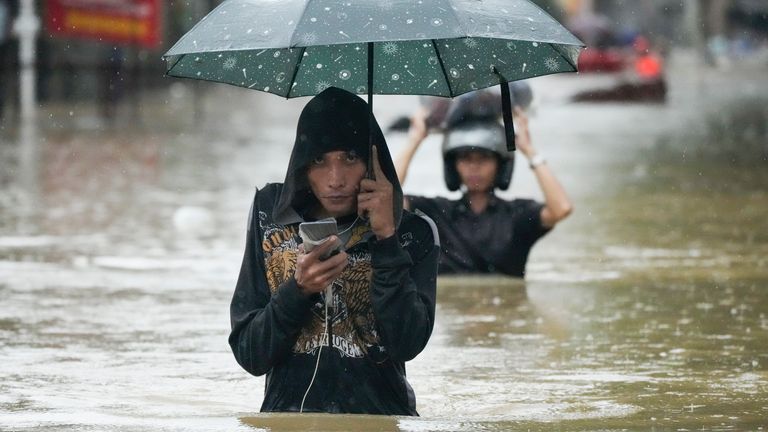Every year, Asia faces the immense power of tropical cyclones — known locally as typhoons. With its vast coastline and warm Pacific waters, the region is particularly vulnerable to these storms, which bring destructive winds, heavy rainfall, flooding, and landslides.
What is a Typhoon?
A typhoon is a mature tropical cyclone that forms in the Northwest Pacific Ocean. It is essentially the same type of storm as a hurricane in the Atlantic or a cyclone in the Indian Ocean. With wind speeds that can surpass 150 mph (240 km/h), typhoons are among the most powerful natural disasters on Earth.
Why Asia is Most Affected
Asia’s geography makes it prone to typhoons. Countries such as the Philippines, Japan, China, Taiwan, and Vietnam often lie directly in the path of these storms. The warm Pacific waters act as fuel, intensifying typhoons before they make landfall.
Impacts on Communities
The damage from a typhoon can be catastrophic:
-
Lives lost and displaced families due to storm surges and landslides.
-
Homes, schools, and infrastructure destroyed, leaving communities vulnerable.
-
Economic disruption, especially in agriculture and fishing industries.
-
Health risks from contaminated water, food shortages, and post-storm diseases.
Stories of Resilience
Despite the devastation, stories of resilience emerge. Communities rebuild, neighbors support one another, and international aid often provides relief. Governments and organizations are also improving disaster preparedness, building stronger shelters, enhancing early warning systems, and investing in climate adaptation measures.
A Call for Awareness
As climate change intensifies, typhoons are becoming stronger and more unpredictable. Raising awareness, preparing communities, and advocating for sustainable policies are essential steps in reducing the impact of these storms.
Conclusion
Typhoons in Asia remind us of nature’s power — but they also highlight human courage and solidarity. By combining science, preparation, and compassion, we can minimize the destruction and help vulnerable communities recover more quickly.









